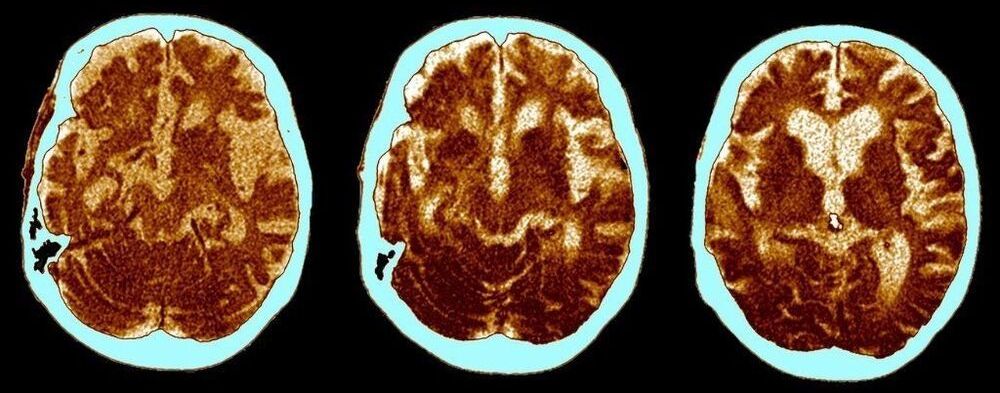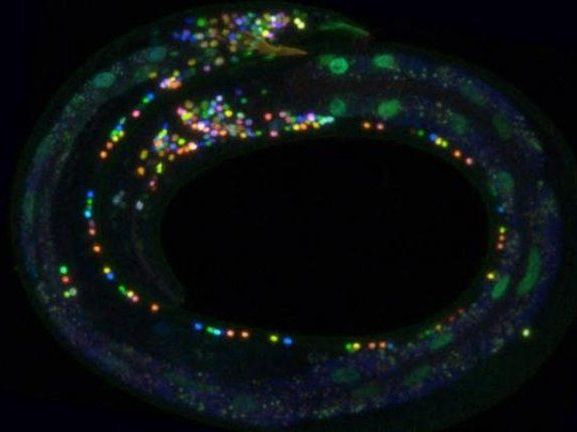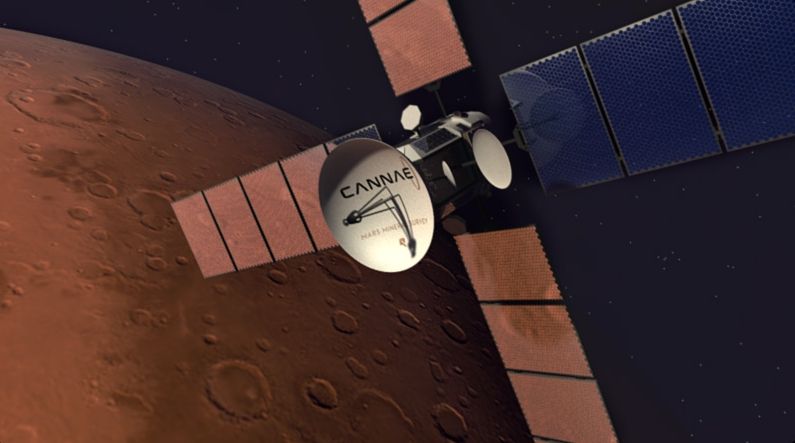How many particles do you need before individual atoms start behaving collectively? According to new research, the number is incredibly low. As few as six atoms will start transitioning into a macroscopic system, under the right conditions.
Using a specially designed ultra-cold laser trap, physicists observed the quantum precursor of the transition from a normal to a superfluid phase – offering a way to study the emergence of collective atomic behaviour and the limits of macroscopic systems.
Many-body physics is the field that seeks to describe and understand the collective behaviour of large numbers of particles: a bucket of water, for example, or a canister of gas. We can describe these substances in terms of their density, or their temperature – the way the substance is acting as a whole.









